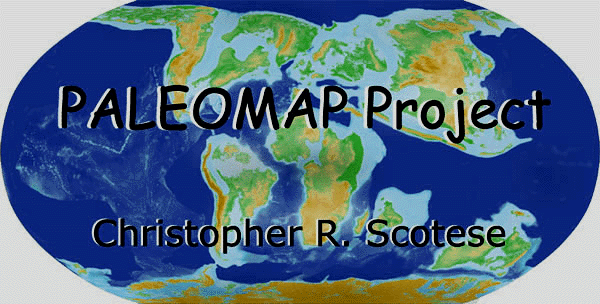
|
|
|
|
More Information About the Late Jurassic
Pangea was assembled piece-wise. The continental collisions that lead to the formation of the supercontinent began in the Devonian and continued through the Late Triassic. In a similar fashion, the supercontinent of Pangea did not rift apart all at once, but rather was subdivided into smaller continental blocks in three main episodes. The first episode of rifting began in the middle Jurassic, about 180 million years ago. After an episode of igneous activity along the east coast of North America and the northwest coast of Africa, the Central Atlantic Ocean opened as North America moved to the northwest (See Jurassic). This movement also gave rise to the Gulf of Mexico as North America moved away from South America. At the same time, on the other side of Africa, extensive volcanic eruptions along the adjacent margins of east Africa, Antarctica, and Madagascar heralded the formation of the western Indian Ocean. During the Mesozoic North America and Eurasia were one landmass, sometimes called Laurasia. As the Central Atlantic Ocean opened, Laurasia rotated clockwise, sending North America northward, and Eurasia southward. Coals, which were abundant in eastern Asia during the early Jurassic, were replaced by deserts and salt deposits during the Late Jurassic as Asia moved from the wet temperate belt to the dry subtropics. This clockwise, see-saw motion of Laurasia also lead to the closure of the wide V-shaped ocean, Tethys, that separated Laurasia from the fragmenting southern supercontinent, Gondwana.
|